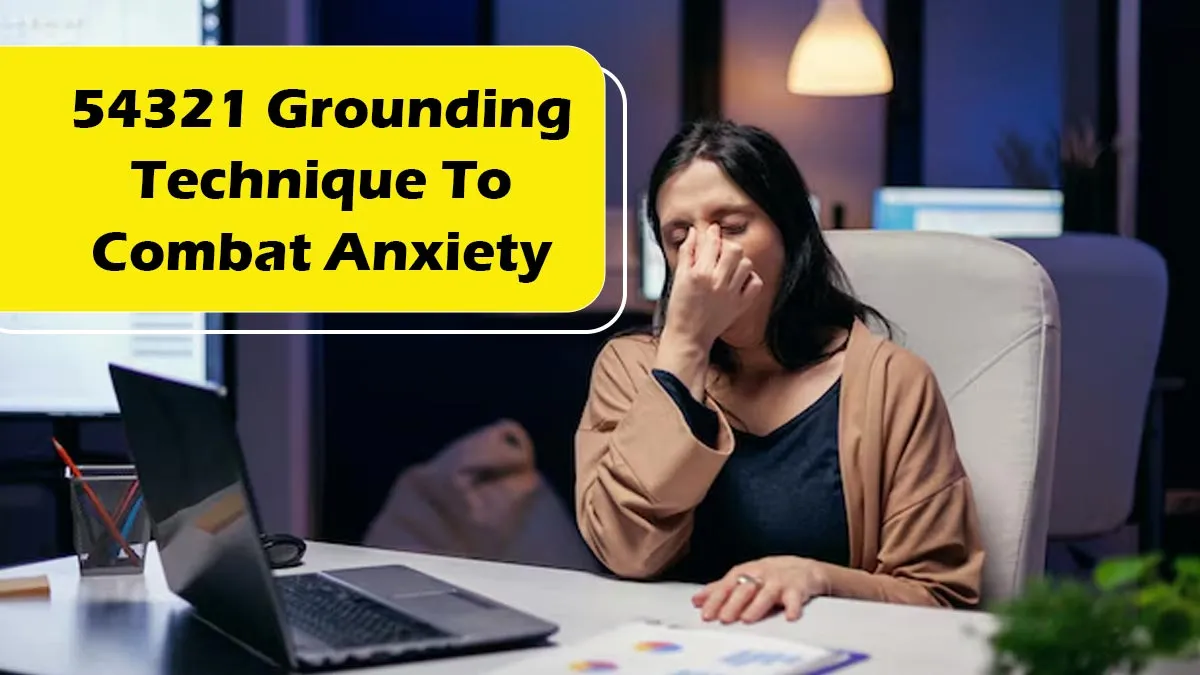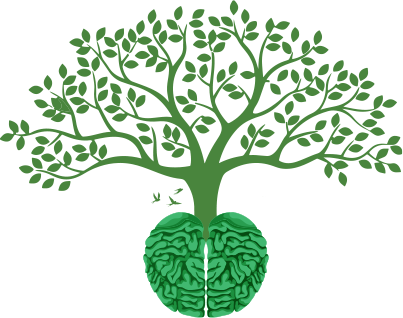
Anxiety can feel overwhelming, but simple mindfulness tools like the 54321 grounding technique offer a quick, science-backed way to regain control. This method uses your five senses to anchor you in the present moment, interrupting spiralling thoughts and calming your nervous system.
Table of Content:-
CHECK YOUR
MENTAL HEALTH

By naming things you see, touch, hear, smell, and taste, you anchor yourself in the "here and now," reducing anxiety and promoting mindfulness. Regarding the same, we reached out to an expert who shared how the 54321 method works, why it’s so effective, and how you can use it daily to ease stress and stay grounded.
What is the 54321 Grounding Technique?
-1740484821990.jpg)
Nanda Botadkar, Business Coach, Nurturing Business, Mumbai, explains it as a “powerful reset button for the mind.” Whether you’re facing a stressful meeting, self-doubt, or sudden panic, this technique takes just minutes to practice—no apps or equipment are needed. In this article, we break down how the 54321 method works, why it’s effective, and how to use it daily to reduce anxiety and boost mindfulness.
The expert further explains, “The 54321 technique engages all five senses to shift focus from overwhelming thoughts to the present. It sends safety signals to the brain, calming the nervous system and breaking the cycle of anxiety.” By naming things you see, touch, hear, smell, and taste, you redirect your mind from worry to reality.
Why It Works:
- Interrupts Overthinking: Forces the brain to focus on sensory input.
- Regulates the Nervous System: Reduces fight-or-flight responses.
- Promotes Mindfulness: Anchors you in the “here and now.”
How to Practice the 54321 Technique: A Step-by-Step Guide
The expert suggested a few steps which can be followed anytime anxiety strikes.
A) 5 Things You See
Look around and name five visible objects.
Example: “I see my desk lamp, a blue notebook, a potted plant, a photo frame, and my phone.”
B) 4 Things You Touch
Notice four textures or surfaces.
Example: “I feel the smooth tabletop, my cotton shirt, the cool pen in my hand, and the floor under my feet.”
C) 3 Things You Hear
Tune into three sounds nearby.
Example: “I hear birds chirping, a car honking, and the hum of the AC.”
D) 2 Things You Smell
Identify two scents around you.
Example: “I smell my coffee and the hand sanitiser I just used.”
E) 1 Thing You Taste
Focus on one taste in your mouth.
Example: “I taste the mint from my gum.”
Botadkar adds: “This quick reset works because it grounds you in reality. The more you practice, the easier it becomes to stay present.”
ALSO READ: Who Are Energy Vampires? Expert Shares The Truth About People Who Drain Your Energy
Science Behind the 54321 Method: A Study on Grounding
A study in Mindfulness Journal tested sensory-based grounding techniques on 100 participants with anxiety. Those who practised methods like the 54321 exercise reported a 40% reduction in anxiety symptoms within 10 minutes. Researchers found that focusing on the senses activates the prefrontal cortex (the brain’s logic centre), reducing activity in the amygdala (the fear centre). This study proves what mindfulness experts have always known—engaging the senses pulls you out of panic mode.
When to Use the 54321 Technique

- Before Stressful Events: Job interviews, presentations, or tough conversations.
- During Panic Attacks: To halt spiralling thoughts.
- Daily Mindfulness Practice: Start or end your day with it.
- Botadkar advises: “Use it proactively, not just in crises. Regular practice trains your brain to stay calm under pressure.”
Benefits Beyond Anxiety
- Improved Focus: Sharpens attention by training the mind to stay present.
- Better Sleep: Calms racing thoughts before bedtime.
- Emotional Resilience: Builds confidence in handling stress.
Tips for Effective Practice
- Keep It Simple: No need to overcomplicate—name ordinary objects.
- Pair with Breathing: Take deep breaths between each step.
- Practice Anywhere: Use it at work, at home, or even in crowded spaces.
Common Mistakes to Avoid
- The pace of your steps must slow down for better sensory involvement.
- During judgments avoid the urge to judge anything wrong since you should stay focused on the present environment.
- The effectiveness of the technique requires steady and continuous practice.
Conclusion
The 54321 grounding technique presents itself as an ongoing tool that enables you to control anxiety throughout your life while maintaining mental mindfulness. The expert states that “Reconnecting with your senses leads to the easy return of mind control.” This mindfulness approach provides both beginners and experienced practitioners with a verified solution to manage their stress levels. When anxiety returns you should begin counting down from five while continuously breathing.
Also watch this video
Read Next
Women With Depression Genes Are At A Higher Risk Of Heart Disease, Study Uncovers A Surprising Link
How we keep this article up to date:
We work with experts and keep a close eye on the latest in health and wellness. Whenever there is a new research or helpful information, we update our articles with accurate and useful advice.
Current Version